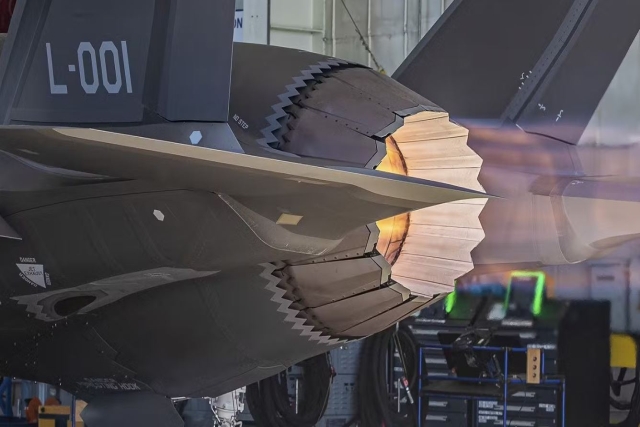Lockheed Martin’s Digital Radar 'Space Fence' System Clears Design Review
The US Air Force has cleared the design review of Lockheed Martin’s Space Fence System that includes large-scale digital radar and turn-key facility.
The Space Fence S-band radar system design will detect, track, and catalog orbital objects in space more than 1.5 million times a day to predict and prevent space-based collisions, Lockheed Martin said in a statement Tuesday.
The CDR event featured the demonstration of a small-scale system built with end-item components that detected and tracked orbiting space objects.
"Completion of CDR marks the end of the design phase and the start of radar production and facility construction of the Space Fence system," Steve Bruce, vice president for Advanced Systems at Lockheed Martin's Mission Systems and Training business said. "Once complete, Space Fence will deliver capability to the US Air Force with a flexible system capable of adapting to future missions requiring new tracking and coverage approaches."
Within the Space Fence radar open architecture design, Lockheed Martin uses the latest monolithic microwave integrated circuit technology, including Gallium Nitride (GaN) semiconductor materials. GaN provides a number of advantages for active phased array radar systems, including higher power density, greater efficiency and significantly improved reliability over previous technologies.
In addition to engineering the radar arrays, the Lockheed Martin team also broke ground on the new six-acre Space Fence site earlier this year on Kwajalein Island, 2,100 miles southwest of Honolulu. The construction process is challenging due to the remoteness and cultural and historic significance of the location. The buildings are designed to handle high winds and seismic loads, while maintaining the alignment and accuracy of the radar system.
The sensor site installation will include an on-site operations center and an annex to the current island power plant that will ensure the Space Fence system has everything necessary to provide continuous Space Situational Awareness. Once construction is complete, Space Fence will go through testing and validation before its initial operating capability occurs in late 2018.










